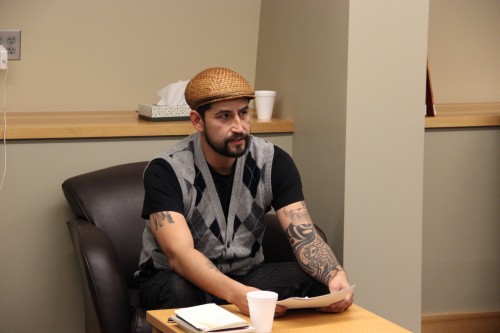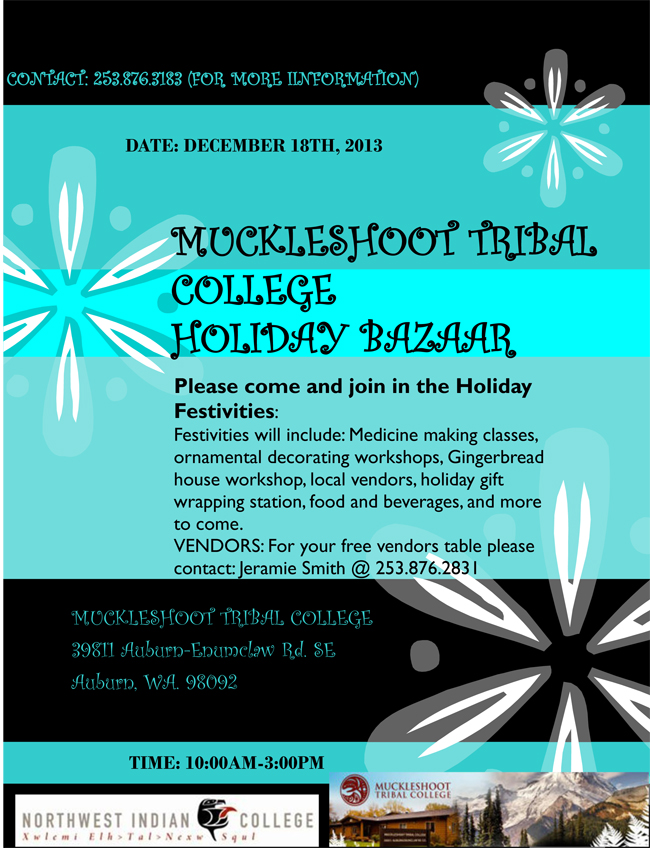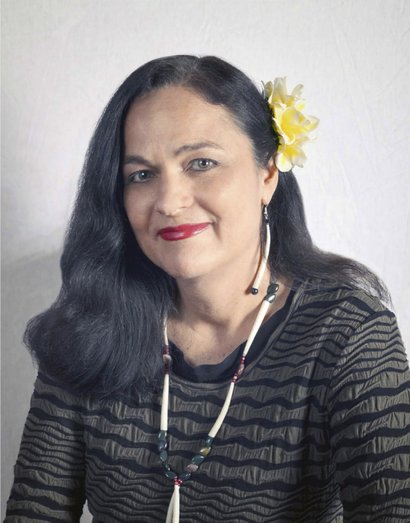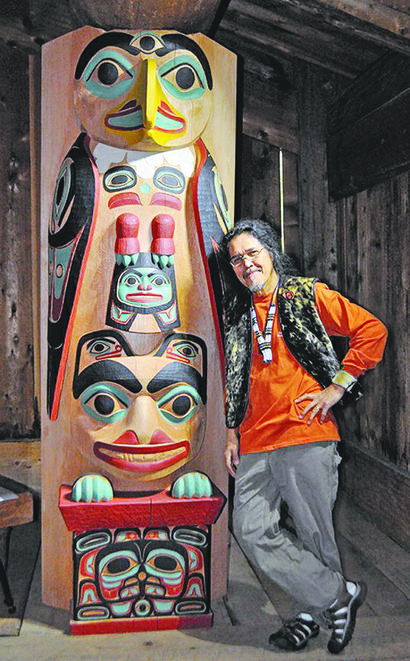By Vincent Schilling, Indian Country Today Media Network
The music video for Chase & Status’ dance track “Alive,” directed by Welsh filmmaker Josh Cole, has inspired a tremendous reaction from Indian country. Just read through the comments on the ICTMN facebook page and you’ll get the picture — some viewers have praised the clip for its tale of drug abuse on the rez and spiritual redemption, while others feel it’s exploitative and disrespectful of the ceremonies it depicts. The video, which shows dramatized drug use, crime and ceremony, was shot on the Blackfeet Indian Reservation. Cole has received considerable attention in Indian Country.
SEE RELATED: Controversial Video Set on Rez Depicts Drug Use, Violence and Sundance
Cole filmed the video on the Blackfeet Reservation in Browning, Montana, and worked with Blackfeet tribal members during the course of its creation. On the day of the video release, ICTMN reached out to Cole to get his thoughts on some of the questions and comments coming from the Native community on social media.
Concerned he might be misrepresented, Cole requested that ICTMN could present his words in their entirety. He provided links to some other videos he has made which we have chosen to embed in the text of the story. Cole’s answers to our questions are as follows:
How did you first come up with this concept of using a Native Reservation story for this video?
As a reformed drug addict I follow stories around the world where the worst drug abuse is common. It’s my mission with my career to try to steer people into recovery as a thanks to those that helped me with my own addiction. As such I was shooting a story about a reformed Hispanic gangster turned graffiti artist in LA and I met a Native American rapper who grew up on a reservation.
I was shocked to hear stories about the reservations — in Europe there is no concept generally about contemporary Native Americans. I then started researching and put together a story based on the stuff I was told about. I decided I would really like to tell Europe how difficult it is for Native Americans in modern America because most people have no idea who they are. All my work is about the beauty that comes from hardship and I wanted to tell the story of the spiritual awakening of a drug addict in a Native American community.
How did you explain this concept to the Blackfeet community?
Several members of The Crazy Dogs Society in Browning are reformed alcoholics, I showed them my script and they really connected to it. They explained that it was basically their own story and also that they regularly help those with addictions through ceremony. I told them that I would like to make it something they would be proud of, that told the story properly, so we had a few days discussing my script and changing it to make it more realistic.
During this time I met several community leaders including many people on the Tribal Council including the Cultural Attaché of the Blackfeet Nation. Every time we met anyone we explained what we wanted to do in great detail and then each person was emailed a copy of the script. We explained the story dozens of times and the Tribal Council gave us their blessing and also gave us a shooting permit to shoot anywhere in Blackfeet territory. The community basically backed the project and we were repeatedly told by various people how much they thought this story needed to be told. I feel I could return there any time with my head held high. I’m also told the film has been very well received by people living not only on the Blackfeet Reservation but also on other reservations. You can see this by reading the comments under the video on Youtube. I should also say that this was a very low budget production — we were all working 20+ hour days to make it work and everybody involved really believed in the project. It still moves me when I think how much the people of Browning came together to help with this production.
What were the reactions about filming a “ceremony?”
I was extremely sensitive when talking to the Crazy Dogs about the ceremonies and always said that we could shoot an alternative scene. They spent a day or so discussing it with all members and they decided collectively they wanted the scene to be in the film. They felt like they wanted it to be shown and I gave them many opportunities to make sure they were happy. It meant a lot to me that they wanted to show this to the world. They told me that they wanted to use the video to help to heal the youth of the Blackfeet Nation. I should also say we didn’t film an actual ceremony — both the sweat lodge scene and the Sundance scene were mock ceremonies set up by the Crazy Dogs themselves to their exact specifications. I had no control whatsoever over the look or sequence of the scene, nor did I want it. I also had no interest in filming an actual ceremony — at every step of the process I was led by the advice of the Crazy Dogs and I am ever grateful for that and I feel no guilt in portraying this as I was led by a much greater knowledge than my own as I am with most of my work.
What were the reactions about this young man turning toward good then becoming a “martyr” as you put it?
I felt that the film needed an emotional finish. When people are moved they remember what they have seen. Plus it actually is somewhat of a happy ending because he is reunited with his girlfriend in the afterlife. There’s also a message in there about the way your past follows you — that no matter how much you reform you can’t always avoid who you were before. I have lost many many friends to the illness of addiction and this is often my experience.
What is the song about without the benefit of a video connected to it?
It’s a gospel track I’m told. You’d have to ask the artist but I interpreted them as lyrics about recovery. Check them out here: http://www.azlyrics.com/lyrics/chasestatus/alive.html
What was the message you hoped to share?
It’s a very simple message about the dangers of drugs. I nearly died myself through drug abuse and most of my narrative work contains these themes. It’s also a call to addicts to reform before it’s too late and to lead a more spiritual life.
Many native people are concerned about using Native Americans in a romantic way as a form of poverty porn or sensationalism, what is your response?
I strive against this type of imagery myself and I don’t think my work inspires pity at all. Everywhere I shoot I work very closely with the actual community to tell their story in the most authentic and meaningful way possible. Everywhere I’ve ever shot I can go back to and work again. I’m about to return to Ethiopia in January to work with the same community I shot with 2 years ago to produce a similar piece highlighting the plight of prostitutes in the capital and the beauty of the Rastafarian religion there. My extensive work in Africa generally shows very positive images and the energy of the slums:
The same with my film in the Philippines which shows positivity despite hardship- the true spirit of the country:
My work with the gypsy communities in the UK and Eastern Europe spans 10 years and tries to offer more positive images of this misunderstood people:
I also believe that my portrayal of Browning is not negative. It is ultimately a story of redemption and shows the elders of the community coming around the boy to heal him. If you don’t show the darkness in a realistic way the young people I’m trying to reach will not take it seriously. However, there is an element of drama to all my work as I want all my work to reach the masses – but it is always subverted as I believe I have done here. You have to remember that in the States the concept of Native Americans living in severe poverty is old news but in Europe people have no idea. None! I think this is something people here should know about. So this video serves a dual purpose – to show Europeans some of the conditions on reservations and also to give a Native community an opportunity to show both its darkness and its beauty.
There were social media interactions between yourself and others regarding the cavalry – what happened there?
I had been staying in Browning for a week or so meeting members of the community and my crew who are mainly from Wales arrived to shoot. I posted a picture on Instagram and stupidly wrote “The Welsh Cavalry arrive in Montana” which is a common phrase in the UK similar to “reinforcements have arrived”. When I was attacked on twitter by a number of activists somebody found the tweet and tried to spread the word that I was being racist. A shame really but I understand — in hindsight I should have realized the implications of using the word “cavalry” but it certainly wasn’t meant in a negative or humorous way at all.
Any last remarks?
Just want to thank again the Blackfeet Nation and the Crazy Dogs Society for all the love we were shown.
Read more at http://indiancountrytodaymedianetwork.com/2013/12/09/director-josh-cole-blackfeet-thought-story-needed-be-told-152631 Read more at http://indiancountrytodaymedianetwork.com/2013/12/09/director-josh-cole-blackfeet-thought-story-needed-be-told-152631
Read more at http://indiancountrytodaymedianetwork.com/2013/12/09/director-josh-cole-blackfeet-thought-story-needed-be-told-152631

















